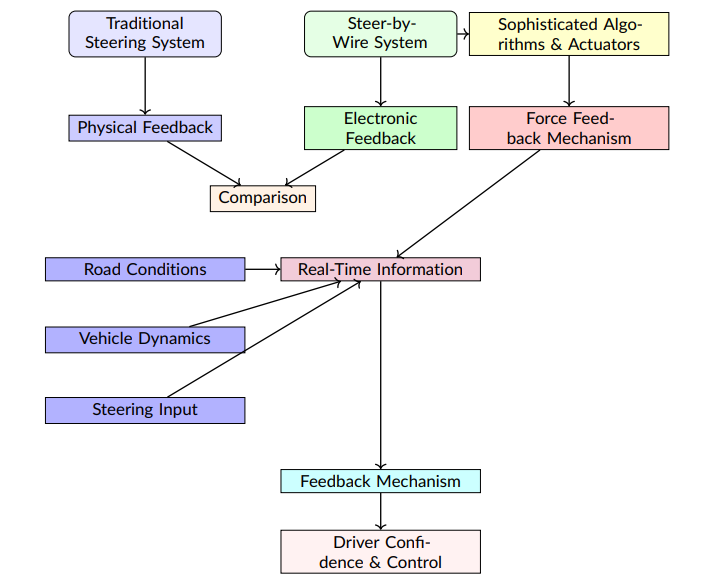Human-Machine Interface Considerations in Steer-by-Wire Technology: Applications, Limitations, and User Acceptance
Main Article Content
Abstract
Steer-by-wire (SbW) technology represents a significant departure from traditional mechanical and hydraulic steering systems by replacing physical linkages with electronic controls. This shift brings various advantages, such as reduced weight, improved design flexibility, and enhanced vehicle dynamics. However, the successful integration of SbW systems hinges on the effective design of human-machine interfaces (HMIs) to ensure driver safety, comfort, and acceptance. This paper explores the key considerations in developing HMIs for SbW technology, focusing on its applications, limitations, and factors influencing user acceptance. This study reviews current SbW implementations across different vehicle types, examining how HMI designs impact driver interaction and vehicle control. The limitations of SbW technology, including potential reliability issues, cybersecurity threats, and the need for fail-safe mechanisms, are analyzed to understand the challenges that must be overcome. This research also discusses the psychological and ergonomic factors affecting user acceptance of SbW systems, emphasizing the importance of intuitive design and user feedback in fostering trust and widespread adoption. The paper aims to provide insights into the development of effective HMIs for SbW technology in order to contribute to the advancement of safer and more user-friendly automotive systems.
